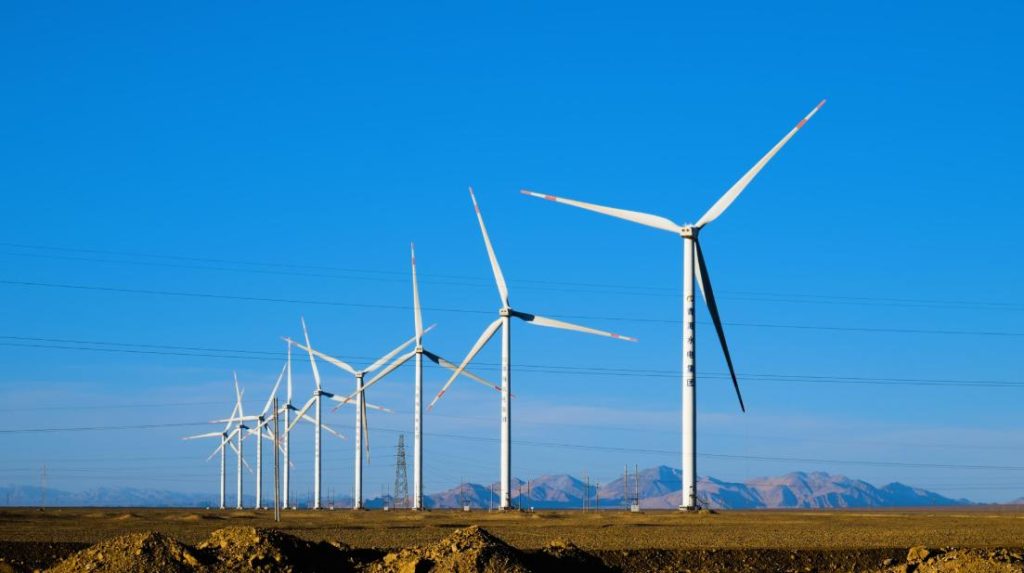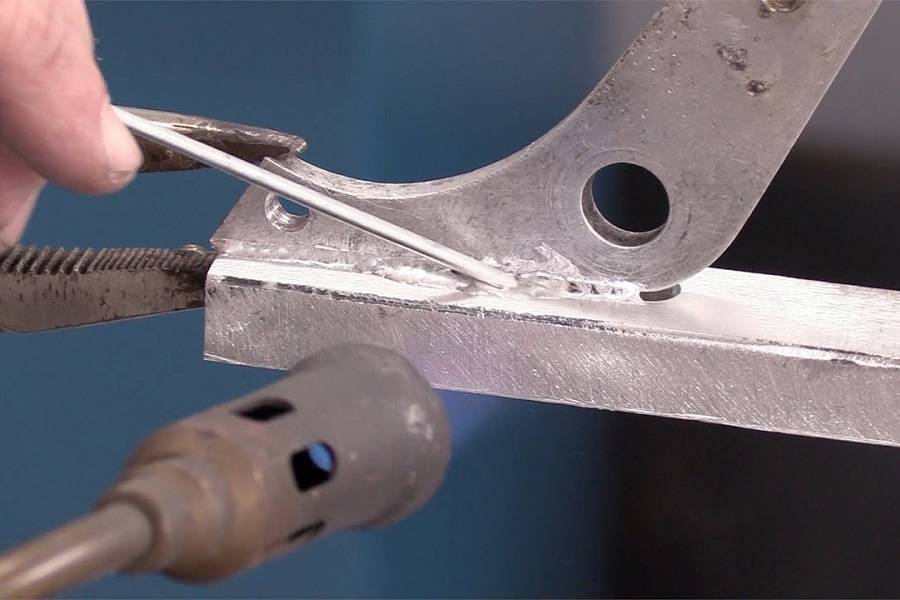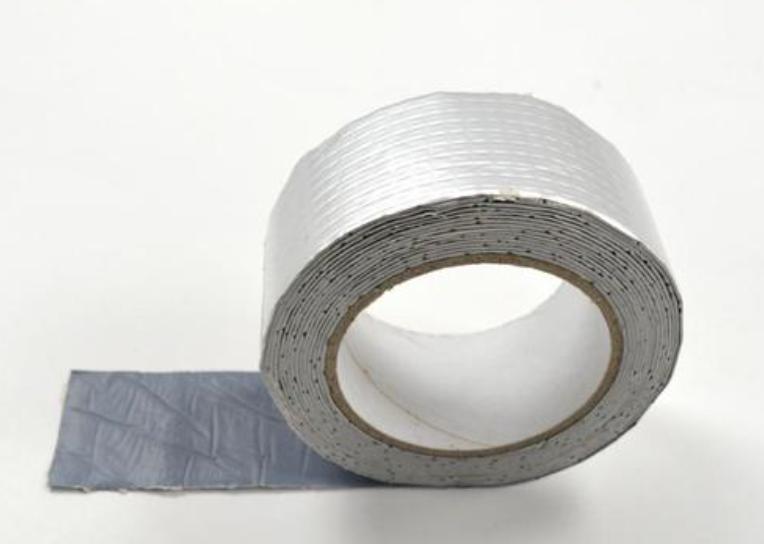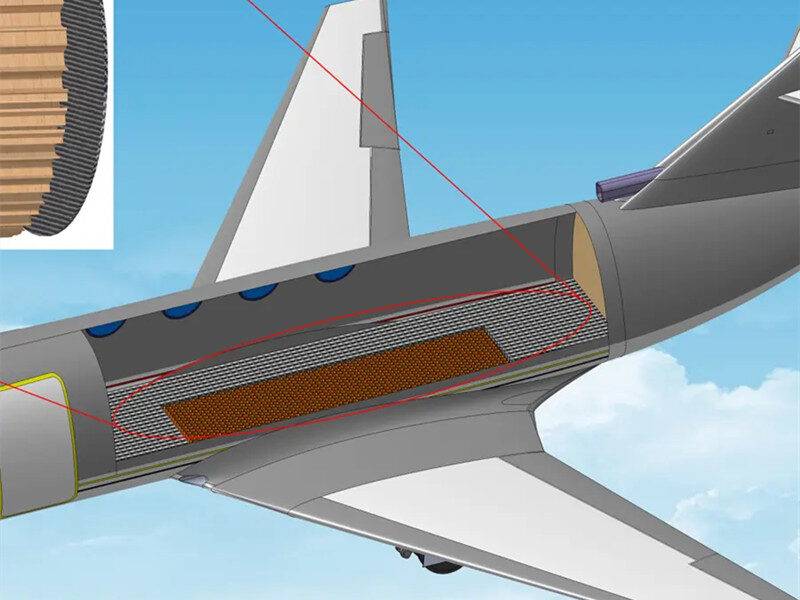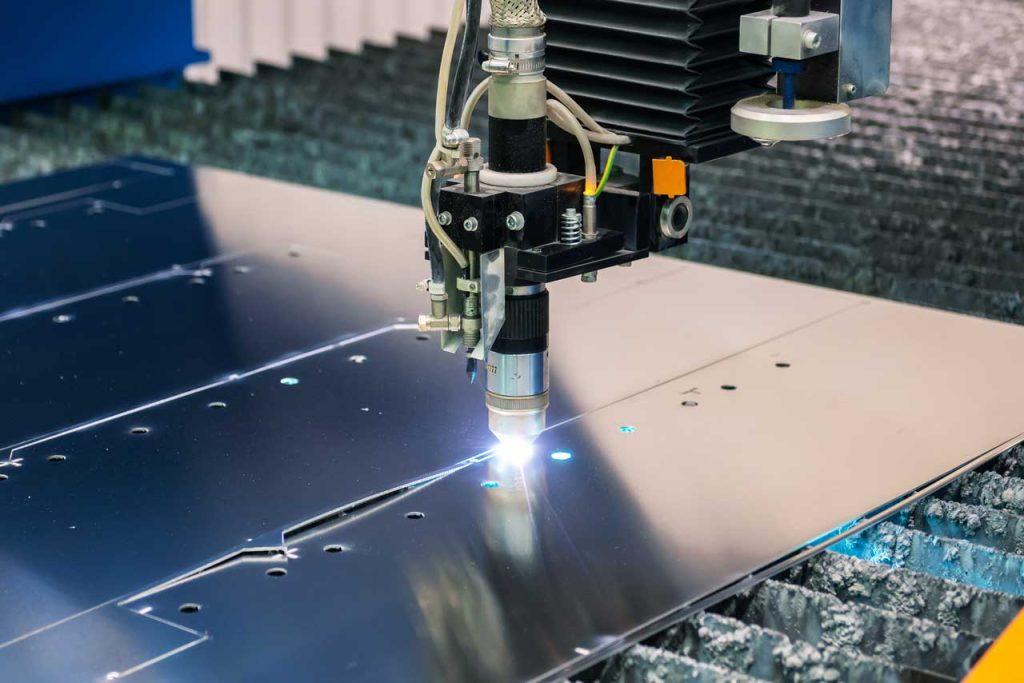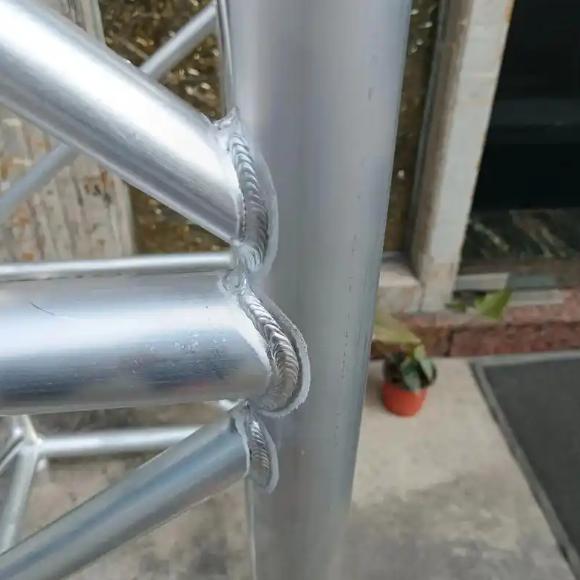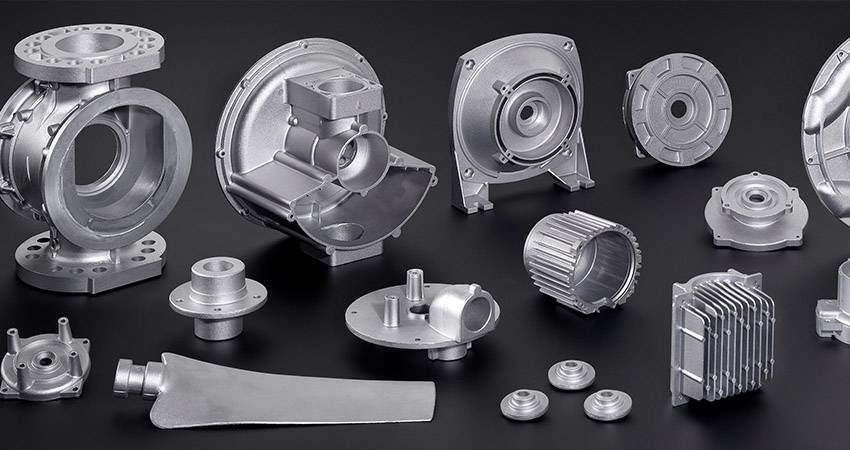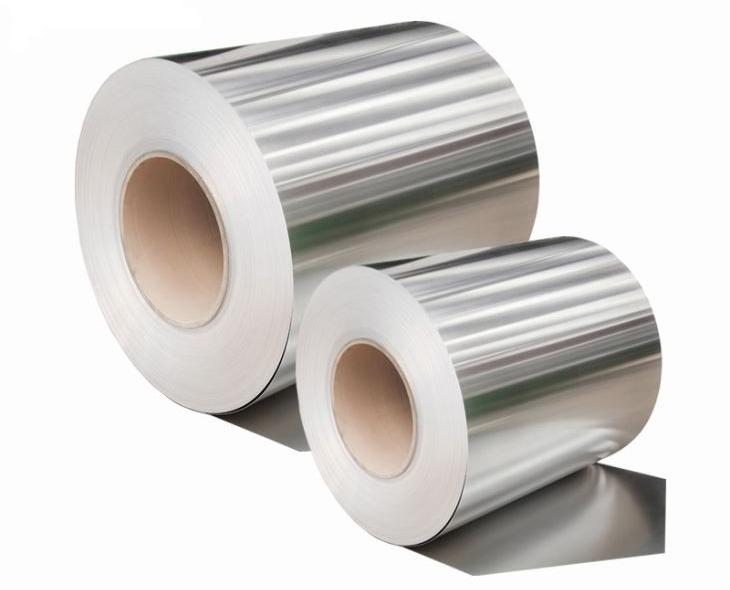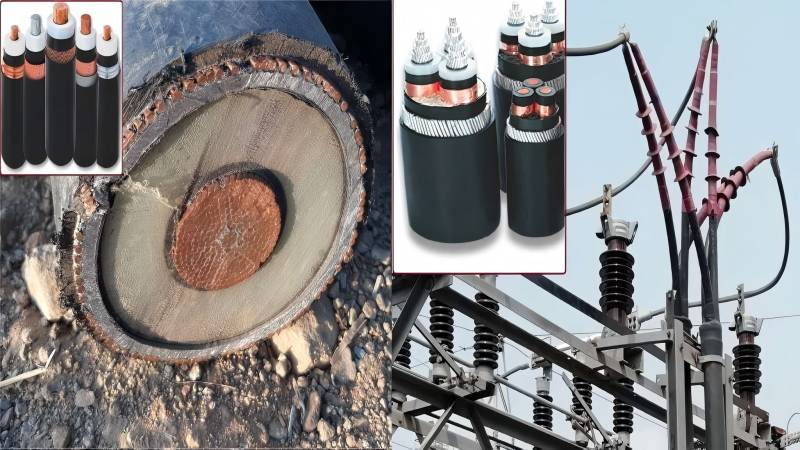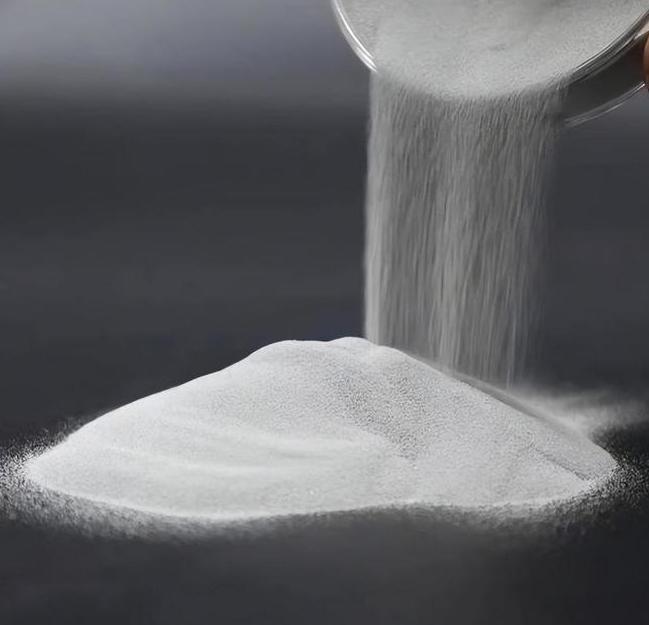Stronger, Lighter, Greener: Aluminium in Wind Turbine Blades
The global push for sustainable energy has placed wind power at the forefront of renewable technologies. Wind turbines, towering structures harnessing the kinetic energy of wind, are pivotal in this…
Aluminium Flux Paste and Solder Paste in Soldering: How to Choose and Use
Soldering aluminium presents unique challenges due to the presence of a natural oxide layer that inhibits proper bonding between the metal and solder. Traditional soldering techniques used for copper and other…
Top Industrial Uses of Waterproof Aluminium Tape
Waterproof aluminium tape is a versatile and indispensable material across various industries. Known for its durability and resistance to environmental factors, this tape has become a go-to solution for sealing, repairing,…
4 Applications of Heavy-Duty Aluminum Foil in Aerospace
The aerospace industry demands materials that can withstand extreme conditions, from the vacuum of space to the intense heat of atmospheric reentry. Heavy-duty aluminum foil has emerged as an indispensable material,…
Aluminum Sheet Cutting: Methods, Applications, and Considerations
Aluminum, renowned for its lightweight, corrosion-resistant, and versatile properties, finds extensive applications across numerous industries. The ability to precisely cut aluminum sheets is crucial for manufacturing components with accurate dimensions…
Cooking Food in Aluminum Foil: What You Need to Know
Cooking food in aluminum foil is a popular technique for its convenience, versatility, and ease of cleanup. Whether you’re preparing a meal at home, grilling outdoors, or camping, aluminum foil can…
How Aluminum Pipe Connection Methods Affect the Performance of the Piping System
Aluminum piping systems have surged in popularity across diverse industries, from compressed air distribution in manufacturing to HVAC systems in commercial buildings. Their lightweight nature, corrosion resistance, and ease of handling…
How to Cast Aluminum Parts: A Step-by-Step Guide to the Casting Process
Aluminum casting is an essential manufacturing process used across various industries, including automotive, aerospace, construction, and electronics. The ability to produce complex and lightweight parts with excellent mechanical properties makes aluminum…
What Are the Uses of Aluminum in the Refrigeration Industry?
Aluminum, the second most widely used metal globally, plays a pivotal role in the refrigeration industry due to its lightweight nature, corrosion resistance, and high thermal conductivity. From household refrigerators…
Smart Choices for Household Aluminum Foil: From Thickness, Size, to Eco-Friendly
Aluminum foil is a versatile household material widely used for food packaging, baking, grilling, and storage due to its excellent thermal conductivity, sealing properties, and durability. However, with a variety of…
Electrical Properties of Aluminum and Its Industrial Applications
Aluminum is a highly versatile and abundant metal, playing a pivotal role in various industries due to its unique combination of properties. Beyond its lightweight nature and corrosion resistance, its electrical properties stand…
How Aluminum Powder is Changing Additive Manufacturing
Additive manufacturing(AM), commonly known as 3D printing, is transitioning from prototyping to industrial production, driven by the revolutionary adoption of aluminum powder. With its low density, high strength-to-weight ratio, and excellent…

